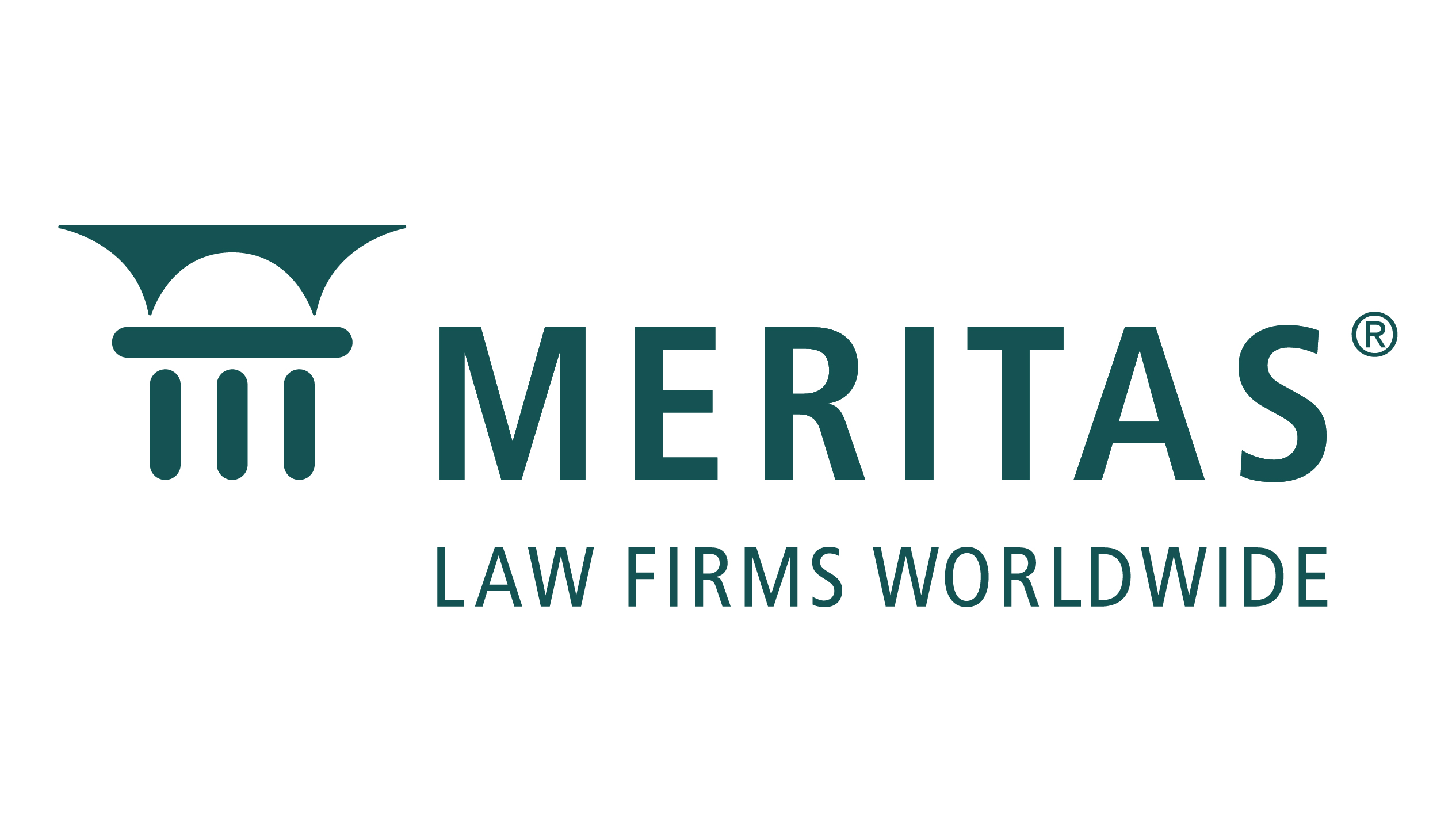
INSIGHT
Newsletter - Transformation of The New Regulation of Rooftop Solar PV Systems
Rooftop Solar Photovoltaic Systems (“RSPVS”) plays an important role in reducing future greenhouse gas emissions in the energy sector. To encourage the public to shift from fossil-based electricity to clean energy, the Ministry of Energy and Mineral Resources (“MEMR”) has issued MEMR Regulation No. 2 of 2024 on Solar Power Plants (“MEMR Reg 2/2024”), effective as of 31 January 2024, replacing MEMR Regulation No. 26 of 2021 on Rooftop Solar Power Plants Connected to the Electricity Network of Holders of Electricity Supply Business License for Public Interest.
Similar to its predecessor, customers of RSPVS are still required to obtain approval from the holder of an Electricity Supply Business License for Public Interest (Izin Usaha Penyediaan Tenaga Listrik Untuk Kepentingan Umum – “IUPTLU”) before connecting their RSPVS to the electricity network. However, MEMR Reg 2/2024 provides several fundamental changes, as follows:
A. Establishment of Development Quota
Previously, the capacity of RSPVS installed in an electric power system in certain areas was capped at a maximum of 100% (one hundred percent) of the connected power. However, MEMR Reg 2/2024 eliminates this limitation by the implementation of a development quota, allowing the IUPTLU holder to set the quota based on regional clusters. This means, customers must first verify the availability of the clustered quota on PLN’s website before proceeding with their application for RSVPS installation.
B. Removal of Capacity Limitation
Article 12 paragraph (1) of MEMR Reg 2/2024 adopts a more tailored approach by requiring the installed capacity of an RSPVS to align with the actual electricity consumption needs of the prospective customer within the IUPTLU holder’s business area. Given the establishment of development quota as explained above, the approved capacity of an RSPVS will depend not only on the customer’s consumption needs, but also on the availability of the clustered development quota in the relevant region.
C. Export-Import kWh Meter Arrangement for RSPVS
Under MEMR Regulation No. 26 of 2021 on Rooftop Solar Power Plant Connected to the Electricity Network Holders of Electricity Supply Business License for Public Interest, customers could offset their monthly electricity bill with the excess electricity generated by customers’ RSPVS, which was calculated through the export-import kWh meter. However, MEMR Reg 2/2024 eliminates this scheme and implements the advanced meters – a system provided, installed, and funded by IUPTLU holders for the customers, causing customers can no longer reduce their bills using the exported electricity.
However, RSPVS that had obtained approval from the IUPTLU holder and has not commenced their operation prior to the enactment of MEMR Reg 2/2024, may continue to apply the export-import mechanism under the previous regulation for a period of 10 (ten) years after the issuance IUPTLU holder’s approval (vide Article 47 of MEMR Reg 2/2024).
Conclusion
MEMR Reg 2/2024 demonstrates a commitment to energy transition by promoting the use of RSPVS through the implementation of development quotas and capacity limits based on actual consumption. However, certain aspects still require further evaluation, particularly regarding the removal of the export-import scheme.
“The purpose of the latest regulation on rooftop PV systems is to support the energy transition by promoting the use of renewable energy sources”
This change may disadvantage customers, as the excess of electricity exported to the grid is no longer compensated. In fact, such compensation should be maintained to help the public recover their investment costs and to preserve strong incentives for adopting RSPVS, especially among households and small businesses.
)))000(((






